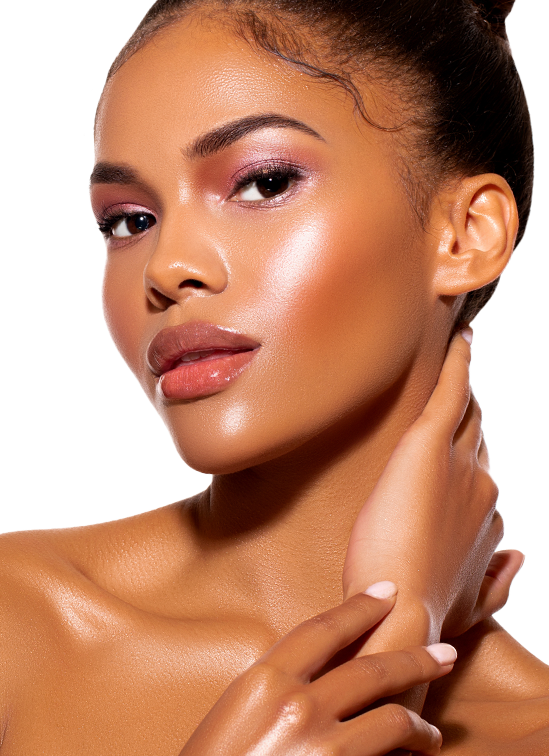
Acne in People with Skin of Color
Patients with skin of color may be predisposed to acne breakouts due to a more tightly-packed outer layer of skin and larger oil glands.
However, in the hands of a skilled and experienced dermatologist, chemical peels offer a safe and effective way to treat these breakouts.
Keep reading to learn which peels are most effective and how to limit complications when treating acne in people with skin of color.
How to Treat Acne in Skin of Color?
When it comes to addressing acne in skin of color, many aesthetic experts recommend superficial peels.
These solutions work to exfoliate the epidermal layer of skin via a peeling agent comprised of one or more acids including glycolic, salicylic, and lactic acids.
However, researchers believe that salicylic acid’s anti-inflammatory properties make it the safest option for the treatment of acne in skin of color.
They also found that salicylic acid paired with mandelic acid is more effective than glycolic acid for mild to moderate breakouts.
How to Limit Complications When Treating Acne in Skin of Color?
Appropriate solution selection is key to limit complications when treating acne in skin of color.
More specifically, deep peels and trichloroacetic acid (10-to-30 percent) should be avoided, as the frosting that occurs with this chemical peel has a high risk of causing discoloration and scarring.
Possible adverse events associated with these types of peels include hypertrophic scarring and depigmentation, and with any chemical peel, there’s the possibility of pruritus, erythema, post-inflammatory hyperpigmentation (PIH), milia, herpes simplex virus, and other infections.
What to Do Before and After a Chemical Peel?
In order to properly plan for a chemical peel, patients should avoid sun exposure and take care to wear a daily broad-spectrum sunscreen for two-to-four weeks before and after treatment.
They can also use two-to-five percent hydroquinone as a preventative measure against post-inflammatory hyperpigmentation prior to their appointment.
They should discontinue use of the cream immediately after a peel, but resume application once a week has passed.
For additional information on acne in people with skin of color, please call Cultura today to schedule a consultation.
Dr. Eliot Battle
Dr. Eliot Battle, CEO of Cultura Dermatology, is a global leader in cosmetic dermatology and laser innovation. His Harvard research pioneered “color-blind” lasers, making treatments safe for all skin tones. A sought-after expert featured in TIME, Oprah, and The New York Times, he continues to advance inclusive, cutting-edge dermatological care.
These too might interest you
June 13, 2025
Aerolase vs. Traditional Laser Hair Removal: What’s the Difference and Why It Matters for Skin of Color
Laser hair removal has evolved significantly over the past two decades, especially for patients with richly pigmented skin, darker skin. Among newer devices, Aerolase,…
READ ARTICLEJune 10, 2025
Aesthetic Treatments for Men in DC: What Today’s Professionals Are Choosing in 2025
In Washington, DC, presentation matters. Whether you’re leading a boardroom meeting, addressing a courtroom, or appearing on camera for media or virtual conferences, your…
READ ARTICLEApril 3, 2025
Laser Hair Removal for Black and Dark Skin: Why Cultura Dermatology in Washington DC Sets the Gold Standard
In the evolving landscape of cosmetic dermatology, finding safe and effective laser hair removal for darker skin tones has historically been challenging. However, at…
READ ARTICLE











